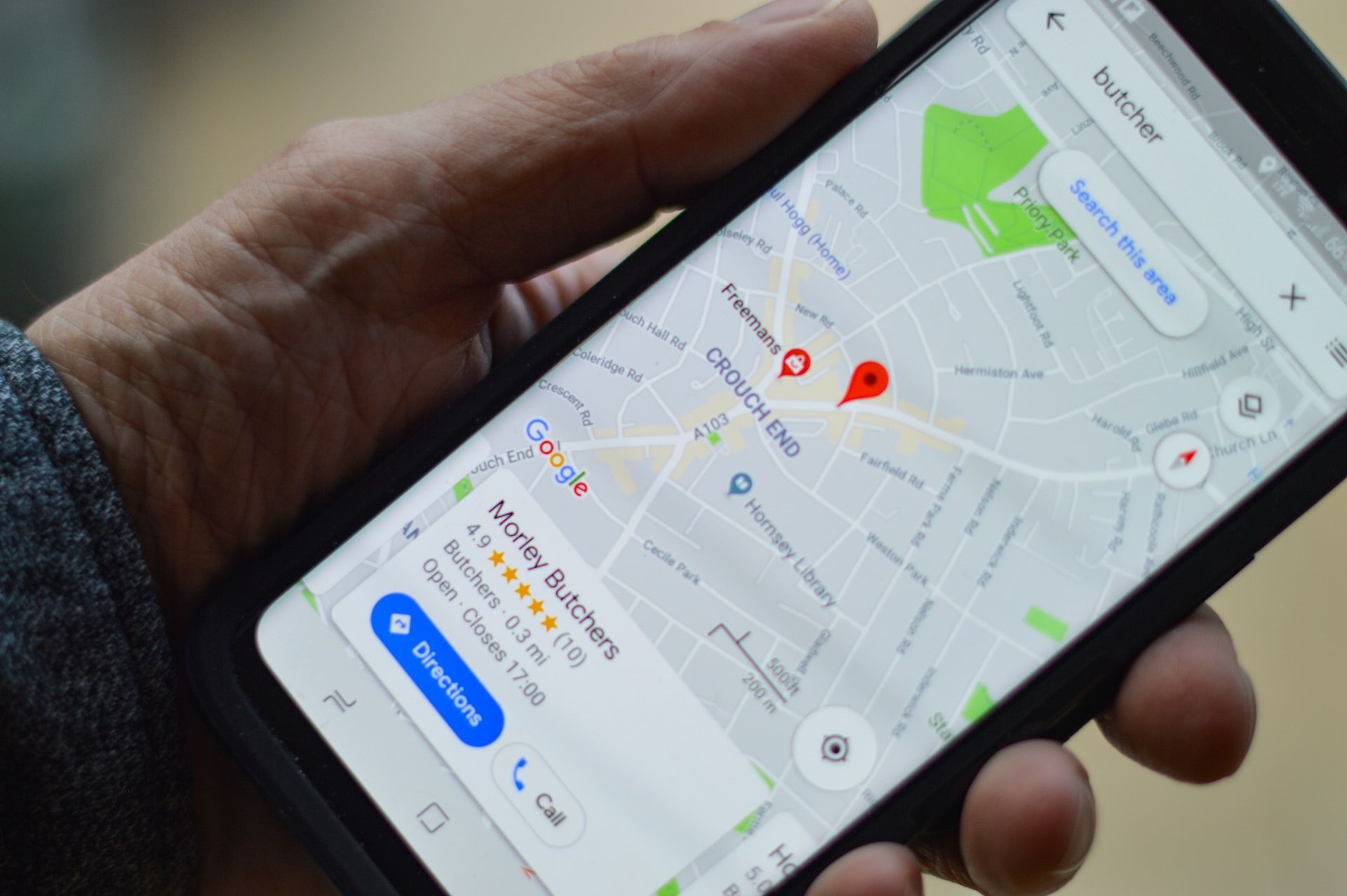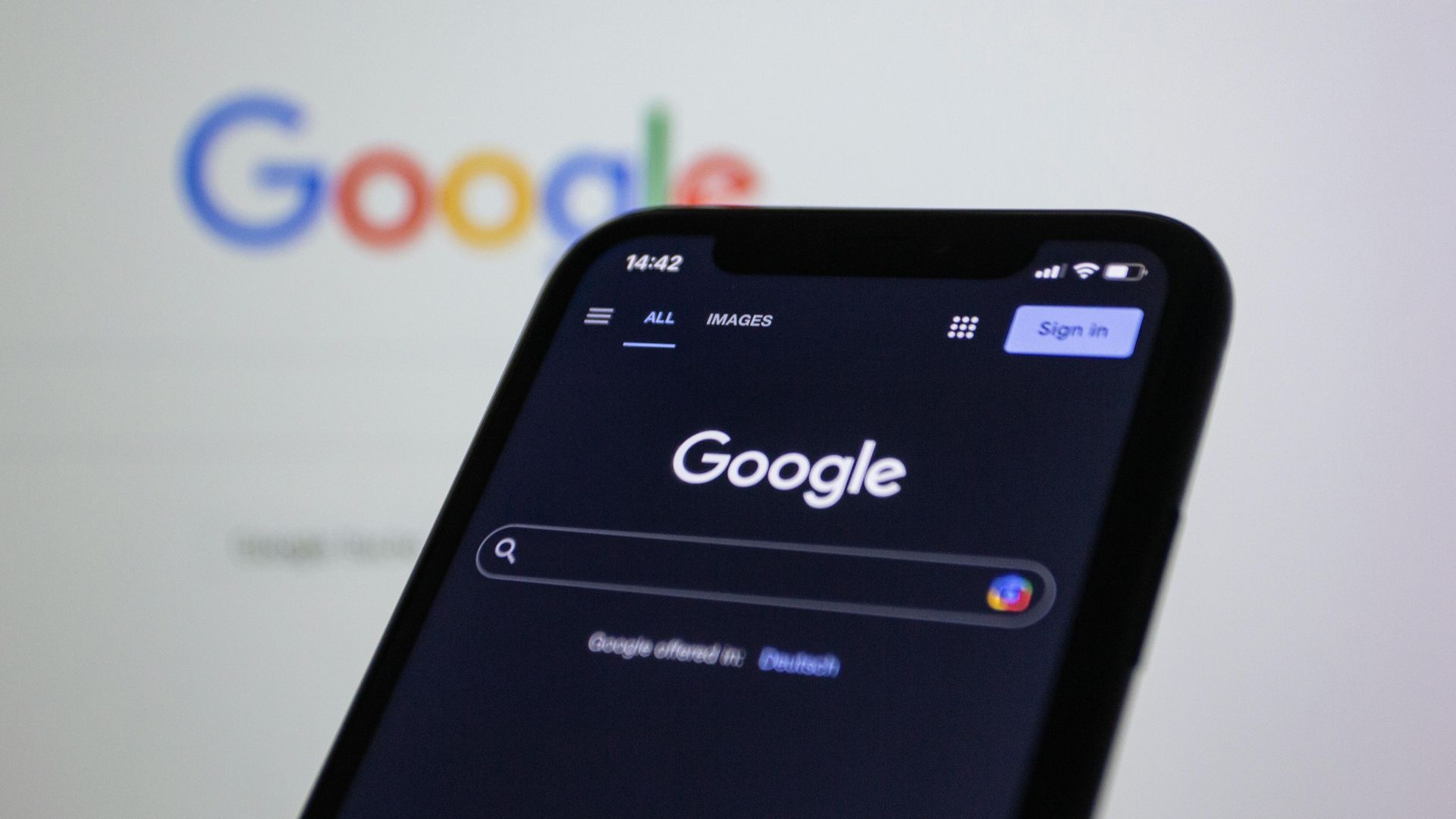Online Presence Checklist for Small Business Owners
Small business owners are used to juggling many responsibilities all at one time. One of the areas where small business owners often need extra support is marketing. The "next big thing" in marketing tactics seems to change frequently, and these tactics are often not on a small business owner's radar.
Before going down the rabbit hole of all the new technologies and tactics in 2024, you need to start by making sure your base strategy is solid; this includes making sure all of the nuts and bolts of your marketing strategy are accurate, up-to-date, and optimized for the best results.
The marketing strategy includes countless details, so we've created a checklist of some essential, more digestible action items to watch to ensure your 2024 has a solid start.
Updated Logo
Some of the most popular brands worldwide are ubiquitous enough that marketers can show the logo without a business name in an ad, and most individuals will know which company the ad is for (e.g., Nike, McDonald's, famous car makers, etc.). Your small business doesn't need to be on this level – but you should have a strong logo that your customers and local community can recognize you by.
It may be time for a refresh if you last updated your logo a few years ago. You may not need a complete redesign, but you should ensure you have digital assets for your logo in different sizes, any necessary formats, and the ability to access these files regularly.
Google Business Profile
If your business is at the top of the page in a Google search result, prospects and customers can find your business quickly. Getting your Google business listing and Google business profile set up is crucial. It's also essential to ensure your business hours, address, phone number, email, and website are listed correctly in the listing. Adding pictures of the exterior and interior of your business also helps prospects and customers get the information they need.
Review Platforms
Many customers rely on reviews to choose which business they will work with. Some customers will take their time elsewhere if a company has no reviews or only negative ones. Many review platforms are on the market, so small business owners should focus on starting with the basics. Get Google reviews set up, and begin sending review campaigns to your current and past customers (and if your business is in person, ask for reviews in person, too).

Social Media Accounts
Ten to fifteen years ago, it seemed silly for every small business to have social media accounts. But the digital world moves fast, and small businesses must utilize social media to stay caught up. The good news for small business owners is that you don't need your social media accounts to have "viral" content and thousands of followers to see the benefits. Creating profiles for your small business on relevant platforms and regularly posting can improve visibility and boost your online presence.
Matching Information
The last thing small business owners should do online is give mixed signals. If a prospect sees prices, hours, or other information on the website different from what they see on social media, this confusion can motivate them to buy from a competitor. As you build your online presence, take some time with your team or a set of fresh eyes to ensure all business information matches up across platforms; if you have old social media accounts or websites that you no longer use, delete or archive them to avoid confusion.
Website Basics
In today's digital world, a robust website may not "make" you, but a weak website can certainly "break" you. Even if your small business does not have an online store/eCommerce aspect, a well-designed website is crucial to the success of your business. At the minimum, your website should have a home/landing page, pages describing any services or products you offer, the background of your business (i.e., "About Us"), and a contact page with a form.
Web design is a complex process that can take time, effort, and money. If your small business focuses on the basics, start with a simple design incorporating branding colors from the logo. A great way to add a personal touch to a small business website is to include organic photos of your storefront, employees, operations, and products. Many websites are full of stock photos – so having your images on your website can help your business stand out.

Work With Cole-Dalton Marketing Services
This list covers basic techniques for improving your online presence and marketing efforts and can serve as a benchmark for small business owners as we enter 2024. While exciting new technologies and marketing trends are sure to take shape this year, having the basics down sets up small business owners for success.
Even though the tactics in this checklist are basic, the implementation can still be beyond what your small business can do with your current staff. Our team at Cole-Dalton Marketing Services specializes in helping small businesses improve and maintain their online presence. We can take on any task listed in this checklist, along with email marketing, content marketing, social media management, video production, and more. We have years of experience helping small businesses succeed in digital spaces and beyond.
Contact us today to get started!
Visit Our Office
Navigation
All Rights Reserved | Cole-Dalton Marketing Services

(314) 279-0600
| info@cole-dalton.com
|
710 N. Tucker Blvd Suite 503, St. Louis, MO 63101








